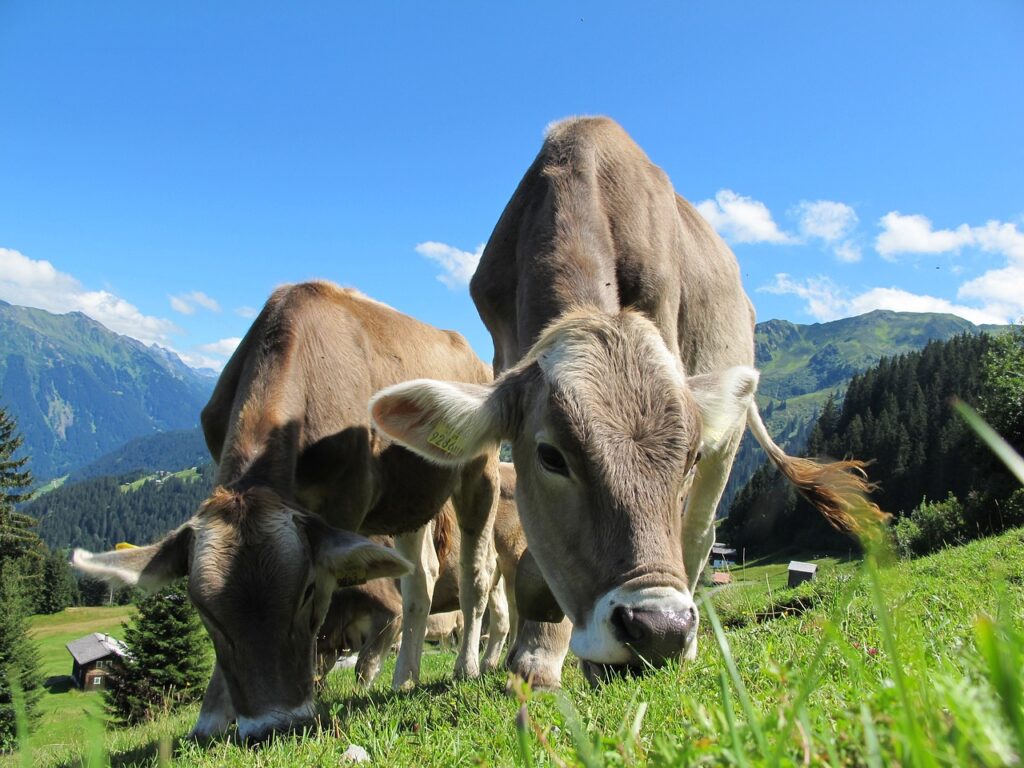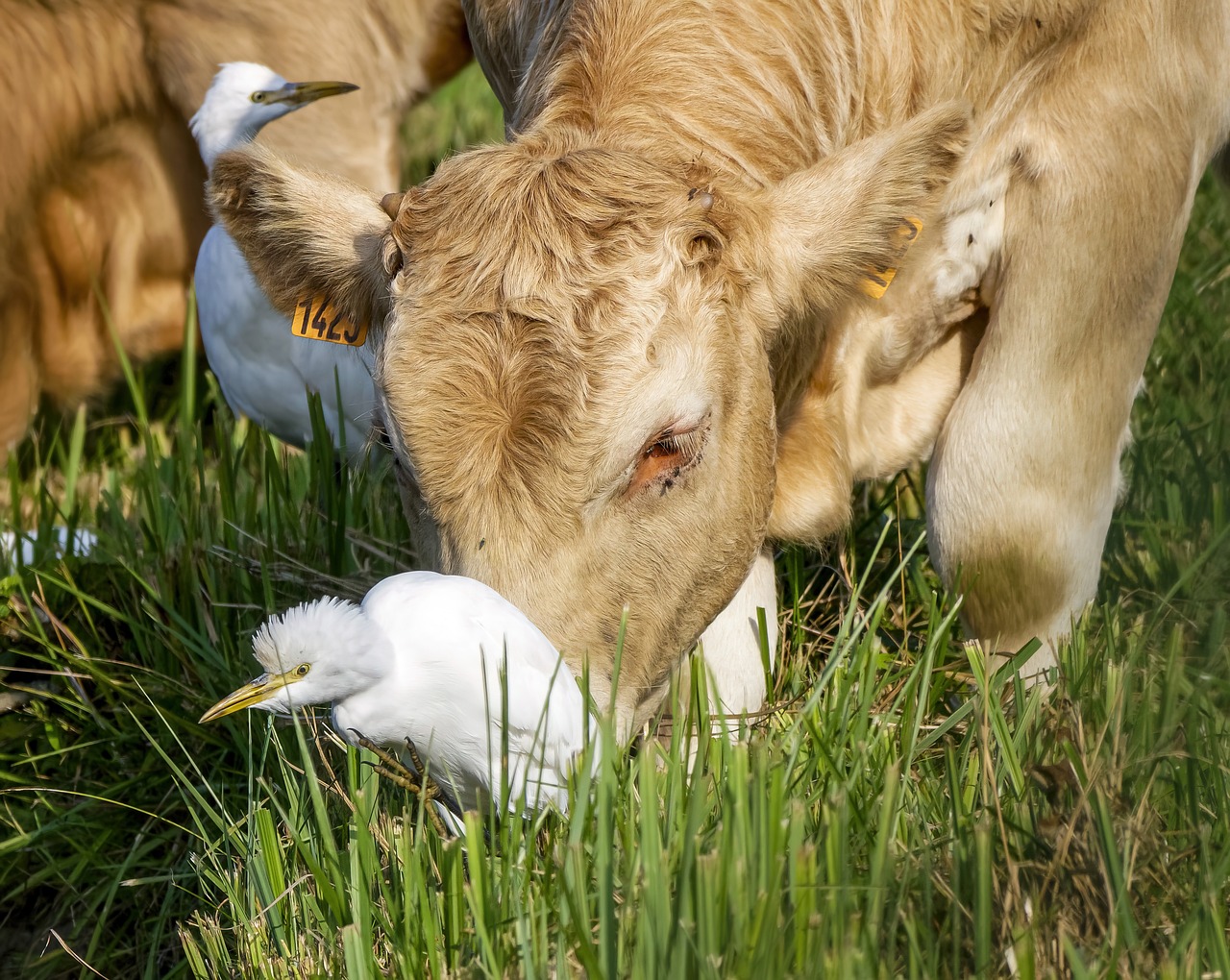A highly infectious and deadly strain of avian influenza, commonly known as bird flu, has been spreading rapidly across the globe, raising concerns among health experts and authorities. The virus, which primarily affects birds, has already caused significant outbreaks in several countries, resulting in the death of millions of birds and posing a substantial risk to human health.
What is Bird Flu?
Bird flu, also known as avian influenza, is a type of influenza virus that affects birds. There are several subtypes of the virus, with H5N1 and H7N9 being the most virulent and potentially deadly. The virus is typically spread through the feces and saliva of infected birds, as well as through contaminated water and air.
The Risk to Cattle
While bird flu is primarily a threat to birds, it can also infect cattle who come into contact with contaminated birds or environments. The virus can cause severe respiratory illness, pneumonia, and even death in cattle. The impact on cattle is particularly concerning, as it can lead to significant economic losses for farmers and the livestock industry.
Global Outbreaks
Bird flu outbreaks have been reported in numerous countries, including the United States, China, Japan, South Korea, and several European nations. The virus has already caused significant losses in the cattle industry, with millions of birds and thousands of cattle infected.

Rapid Spread and Evolving Threat:
The outbreak, which has affected over two-dozen herds spanning nine states, has caught the attention of researchers and health authorities worldwide. Genetic analysis of viral sequences suggests a single origin point for the outbreak, likely dating back to November or December, with undetected transmission occurring for months.
Worrisomely, the virus has been found to harbor distinct mutations associated with increased transmissibility in humans, raising fears of a potential pandemic. While symptoms in infected cattle have been mild, the virus’s ability to spread undetected, even among asymptomatic animals, poses a significant challenge to containment efforts.
Human Health Concerns:
Of particular concern is the recent discovery of H5N1 viral particles in pasteurized milk, indicating a potential pathway for transmission to humans. While pasteurization is effective in eliminating many pathogens, further testing is underway to determine if intact, infectious virus particles are present.
The implications for human health are profound, with the possibility of mammal-to-human transmission already realized in at least one case. Given the virus’s high mortality rate among infected humans, even sporadic cases pose a grave risk.
Global Implications and Urgent Response:
The outbreak’s ramifications extend beyond the borders of the United States, with global health organizations closely monitoring the situation. Increased testing of dairy cattle, coupled with stringent biosecurity measures, forms the cornerstone of efforts to curb further spread.
Moreover, scientists emphasize the need for heightened vigilance at the intersection of livestock, wildlife, and human populations. As the virus continues to adapt and evolve, prompt action is imperative to mitigate the risk of a full-blown pandemic.
Symptoms and Treatment
The symptoms of bird flu in humans are similar to those of seasonal influenza, including fever, cough, and shortness of breath. However, the virus can progress rapidly, leading to severe respiratory illness, pneumonia, and even death. Treatment options are limited, with antiviral medications such as oseltamivir and zanamivir showing some effectiveness in reducing the severity and duration of symptoms.

Prevention and control
Prevention and control measures are crucial to containing the spread of bird flu. Vaccination of poultry and other birds can help reduce the spread of the virus, and vaccination programs can be implemented in high-risk areas. Active surveillance and monitoring of bird populations can help detect outbreaks early, allowing for targeted control measures. Implementing strict biosecurity measures on farms and in markets can reduce the risk of transmission, including keeping birds separate from other animals and humans, using personal protective equipment, disinfecting surfaces and equipment, and restricting movement of people and birds.
Public awareness is also essential, and educating the public on the risks and symptoms of bird flu can help prevent human cases. Providing information on the virus and its transmission, encouraging people to report suspicious cases, and advising people to avoid contact with infected birds or contaminated environments can all help prevent the spread of the virus. Using personal protective equipment such as masks, gloves, and eye protection can reduce the risk of transmission, and keeping surfaces and equipment clean and disinfected can also help prevent the spread of the virus.
Restricting the movement of birds, people, and materials can help prevent the spread of the virus, including quarantining infected birds or areas and restricting the movement of birds and people into and out of affected areas. Culling (killing) infected birds can help prevent the spread of the virus, and proper disposal of dead birds and contaminated materials can also help prevent transmission. Implementing improved farming practices can reduce the risk of transmission, including keeping birds in enclosed areas, providing adequate ventilation and sanitation, and reducing stress on birds. Finally, international collaboration and coordination can help share information, coordinate responses, and provide support to prevent and control bird flu outbreaks.
Global Response
The global response to the bird flu outbreak has been swift and coordinated, with the WHO, the Food and Agriculture Organization (FAO), and the World Organisation for Animal Health (OIE) working together to monitor and control the spread of the virus. Governments and health authorities worldwide are also taking measures to prevent the spread of the virus, including implementing travel restrictions and enhancing surveillance.
Bird flu is a serious and potentially deadly threat to human health, with the ongoing global outbreak highlighting the need for continued vigilance and cooperation. While prevention and control measures are in place, the risk of transmission to humans remains, and it is essential that we remain alert and proactive in our efforts to contain this deadly virus.
Related: Bird Flu Spreads to Dairy Cattle in the U.S.: Implications and Response Strategies
